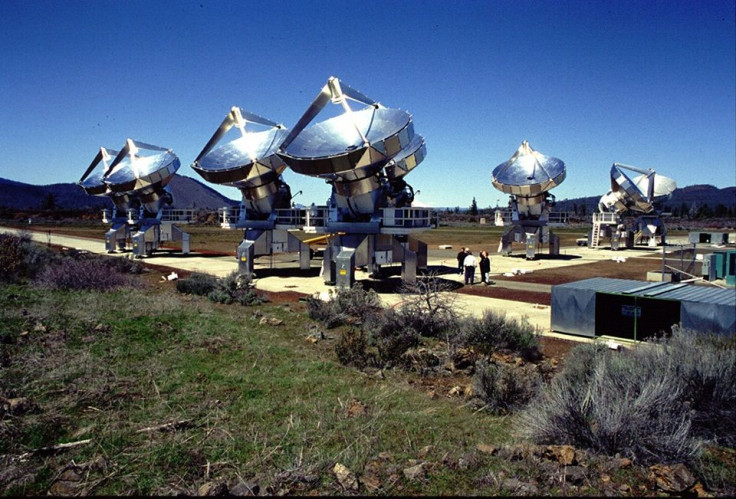SETI senior astronomer warns of lack of US military preparation in case of alien invasion

Because humans base their search for extraterrestrials on their experience of life forms as they search for world that has similar characteristics of Earth, it limits mankind’s search for intelligent life. Since there is a possibility that the aliens have developed advanced technology, such as artificial intelligence, the search should include sentient alien machines.
Seth Shostak, a senior astronomer at Search for Extraterrestrial Intelligence (SETI) Institute, says aliens may have shed their biological bodies for digital forms, then the search should be in regions where digital life forms would be attractive. The likely places are the centre of the galaxy or places where there are plenty of minerals because these are regions rich in energy, Futurism reports.
At the same time, Shostak warns of the lack of plans by the US government in case such aliens would attack Earth, Express reports. He compares the situation to the US Air Force having an encounter with Neanderthals with their primitive culture and defence.
Shostak says to his best knowledge, the US military has no plan in case of an alien invasion. However, he admits the lack of preparedness is also due to false alarms raised by SETI, a California-based institute whose mission is to explore, understand and explain he origin and nature of life in the universe.

He explains that over the years, the organisation had several false alarms, with the most prominent incident in 1997. SETI astronomers thought they were getting signals from alien life form, but the signal turned out to emanate from a European satellite.




















